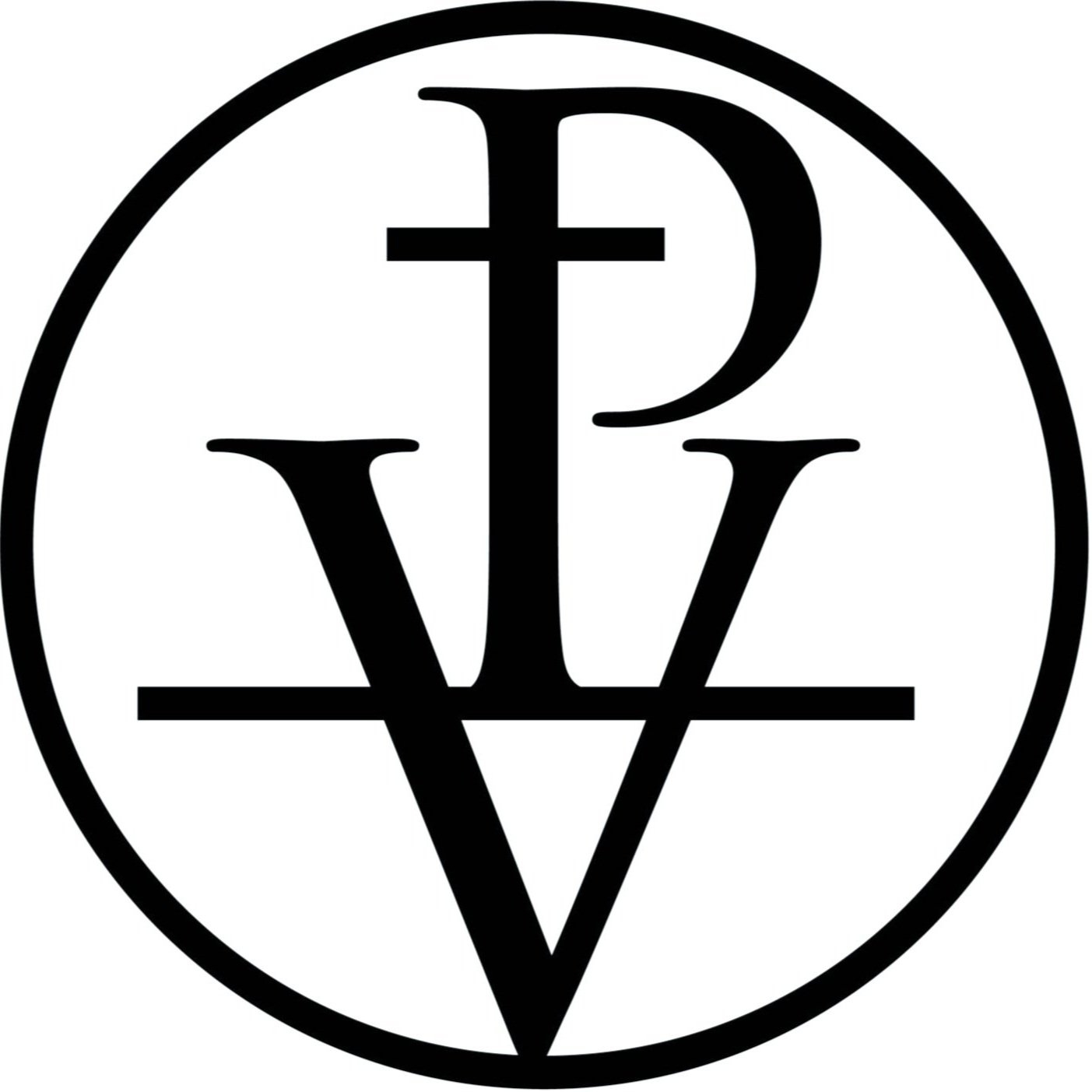
BAROQUE GUITAR
Although not as well-known today as its predecessor the Lute, the Baroque guitar became the most popular instrument for private use in the Baroque period across Europe, finding itself in the hands of kings as well as peasants. This broad use inspired a uniquely diverse repertoire - from elegant French Suites to elaborate rasgueado strumming techniques, where we find the early roots of Flamenco. The instrument also boasts a considerable number of extant manuscripts of compositions and instructional materials from a breadth of composers spanning all of Europe, lending itself particularly well to historically informed performance practice. The last few years have seen the reemergence of the instrument on the concert stage and in recordings. The unusual range of typical playing techniques allow for elaborate displays of virtuosity in performance.
The Baroque Guitar supplanted the closely related Renaissance Vihuela, from which it is speculated to have evolved. It is strung with five courses - often with the top course as a single string (the chanterelle). Another unique feature of the instrument is its re-entrant tuning, in which one of the lower courses is tuned higher than the following courses. This allows for unique playing styles such as the famous campanella technique, wherein one can play scale patterns across several strings, like arpeggios, producing a bell-like effect of the strings ringing over. The extant manuscripts are predominantly written in both French and Italian tablature; however, inseparably linked to the Baroque Guitar is the alfabeto system of notation in which a letter represents a particular chord which must be learned. This 'mixed style' is unique to Baroque guitar repertoire and must be learnt by anyone who wishes to learn the instrument. Although the baroque guitar is tuned similarly to the modern guitar (from the fifth string to the first string ADGBE), the unique playing styles typical to the instrument are not easily transferred to the modern guitar. Due to the idiosyncratic qualities of the playing technique and perhaps as well due to this exclusive form of notation, scarcely any Baroque guitar repertoire has been claimed and canonized by modern guitar players.
Folías de España
Here is my arrangement of the legendary Folía theme. With a rather ambitious number variations I have assembled a single Opus from nearly all of the extant Baroque guitar versions including: Le Cocq, Murcia, Corbetta, Guerau - with touches of my own. The Folía theme is one of the oldest well remembered melodies in European music and has been used by innumerable composers over the centuries. In this video I have had the great pleasure of performing on an outstanding instrument on loan to from the great Norwegian Luthier Lars Torressen.
Robert de Visée SUITE No. 1 in A minor
Francesco Corbetta Caprice de Chaconne
Francesco Corbetta is regarded as one of the greatest virtuosi of the Baroque guitar. His renown was so great that he was simultaneously employed as instructor and performer in virtually all the great courts of Europe. In Germany, to the dukes of Hannover and Spanish Netherlands. In England he was the personal instructor to King Charles II (who was a a passionate lover of the guitar) and Queen Anne. He was equally affluent in the courts of France where it is speculated he gave instruction to King Louis XIV, Le Roi Soleil.
It is a miracle that such a legendary figure until recently was all but forgotten. With the recent reemergence of the Baroque guitar on the modern concert stage his great works are once again being rediscovered.
SANTIAGO DE MURCIA Jacaras and Fandango
Little is known about the biography of composer and performer Santiago de Murcia (1673-1739) other than his post as Master of Guitar to the Spanish Queen Maria Luisa de Savoy. His earliest extant manuscript (1714) is the first Spanish guitar publication of the 18th century. His collected works feature compositions in French, Italian and Spanish styles, characteristics of which he combined to create a new style all his own. There can be no doubt that Murcia's publications of guitar music were of substantial influence to his contemporaries and to succeeding generations.
I have selected a Jacaras and Fandango from the Codex Salvidar, for which I composed an introduction and finale and have linked the two compositions together with an extended improvisation.
Robert de Visée - Suite No. 2 in A major
Suite No. 2 in A Major: I Allemande - II Courante - III Sarabande
Music of the French Baroque performed on Baroque Guitar. Instrument built by Lars Torressen






